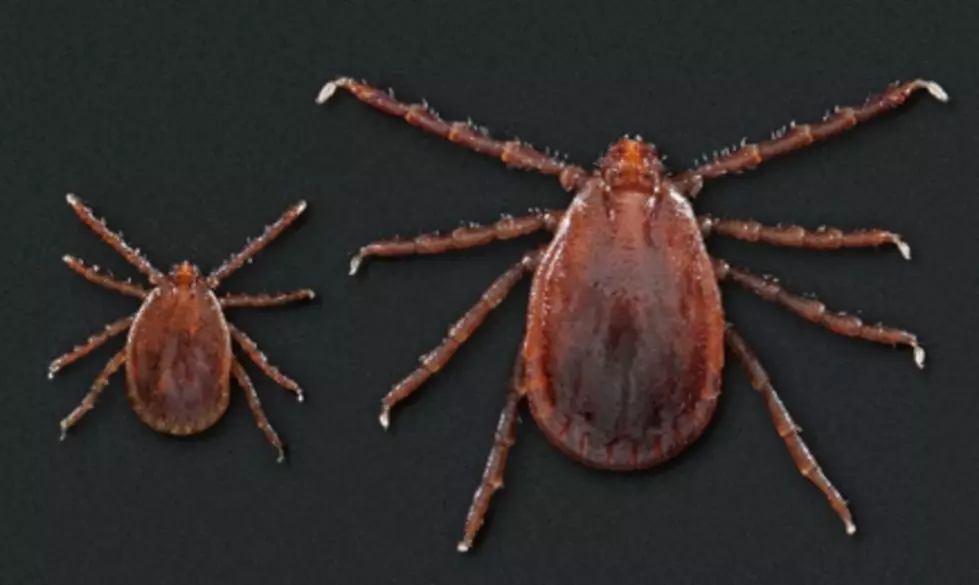
Threat of Tick-borne Diseases Continues to Increase in New York
Cases of Lyme disease and other potentially fatal tick-borne diseases are spreading at alarming rates.
The New York State Department of Health, New York State Department of Environmental Conservation and New York State Office of Parks, Recreation and Historic Preservation are reminding New Yorkers of the importance of protecting against ticks and tick-borne illnesses, now that warm weather has arrived.
Since the New York State Department of Health began reporting on Lyme disease, in 1986, New York State has averaged more than 5,500 new cases of Lyme disease each year, with numbers increasing in recent years, officials say.
Lyme disease is a bacterial infection that spreads when an infected black-legged tick bites a person and remains attached for 36 hours or more. In most cases, an expanding rash resembling a bull's eye or solid patch will appear near the site of the bite. If an expanding rash with a diameter of more than two inches appears or flu-like symptoms occur over a 30-day period following a tick bite, individuals should contact their health care provider immediately.
"Infected ticks can be found in outdoor areas across New York, and if you are bitten by one, you can suffer serious illness. Prevention remains the most effective method to protect yourself and others from being bitten by an infected tick." New York State Health Commissioner Dr. Howard Zucker said.
The number of reported tickborne disease cases more than doubled from 2004-2016, officials say. Seven new pathogens were discovered or recognized in the U.S. as being able to infect people
Tick bites can also transmit diseases in addition to Lyme disease. Some of these are less common such as babesiosis and anaplasmosis and others are rare, such as Rocky Mountain Spotted Fever and Powassan encephalitis.
These diseases vary in their severity, but all can cause serious illness and even death, if untreated, officials say.
Last year, the Asian longhorned tick was identified in New York State for the first time, being found in several locations in New York City, Long Island, and the Lower Hudson Valley.
While hiking, working or spending time in wooded areas, health officials recommend taking the following steps to help prevent tick bites:
- Wear long pants and long-sleeved shirts for protection.
- Check for ticks often while outdoors and brush off any before they attach.
- Perform a full body check multiple times during the day, as well as at the end of the day, to ensure that no ticks are attached.
- Consider using repellents containing DEET, picaridin or IR3535, following label instructions.
- If you have been bitten by a tick of any kind, contact your health care provider immediately if you develop a rash or flu-like symptoms.
- Popular Hudson Valley Deli & Pizzeria Finally Reopens
- Threat of Tick-borne Diseases Continues to Increase in New York
- Jeopardy! Champion Offered Job in Hudson Valley
- Investigation Ongoing in Hudson Valley Father Son Murder-Suicide
- Was Weed Laced With Fentanyl Sold in the Hudson Valley?
- Every Exit on I-84 in Hudson Valley To Get New Exit Number
- 2 Students Killed, 1 Hurt in Hudson Valley
- NY State Police Officers Killed in Hudson Valley Remembered


